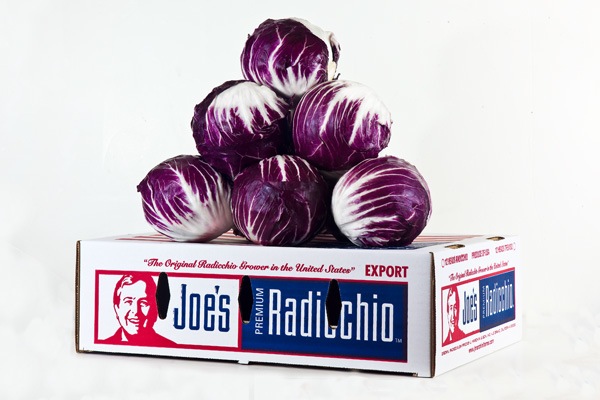Family Tree Farms Enjoys Exceptional Tree Fruit Year
Tree Fruits and Hybrids Are Bountiful and Delicious This Season
By Emily McKay Johnson, Associate Editor
Tree fruits this year for Daniel Jackson, a seventh-generation farmer and partner, Reedley-based Family Tree Farms, are thriving and delicious. “The quality is just exceptional right now,” Jackson said. “I think the industry is taking a little bit of a lull in volume right now for the last two days, but it looks like it’s going to pick up again. The fruit coming off late season is going to be exceptional from an eating quality standpoint,” he indicated.
Family Tree grows various tree fruit hybrids, as well as blueberries and grapes—everything from plumquats (a hybrid between an apricot and a plum) and apriums (a similar hybrid that is more apricot than plum) to fresh white peaches and nectarines, yellow flesh peaches and nectarines, and apricots.
Although hot weather can be challenging to growers, trees in the Central
Valley have evolved to adapt to the heat. “Tree fruit genetics here in the Valley are used to that heat,” Jackson elaborated. “Other than a mid-season apricot that may get some tip burn, we’re not seeing too much damage,” he explained. “We may see some sunburn here and there; but for the most part, as long as you have a good leaf ratio on your tree, everything seems to be looking good. We’re happy with the way things are turning out.”
Jackson also reported some minor labor shortages, but their numbers are staying pretty strong. “It was short early on; now we’re pretty stout,” he commented. “I think our crews are up 25 guys, which is a good full crew. We may run into some challenges as we enter the table grape season, but right now things are looking good. We’re staying positive.”
Family Tree Farms has an optimistic attitude about their labor crews. “We just want to be able to provide a consistency of work out there so that people are happy and can stick around with us. I think most farmers are trying to do that same thing,” he said.
Springtime, this year, gave them an early bloom but a cool and mild spring, conditions that can impact the size of produce, come harvest season. “I don’t think we gathered enough heat units to grab the size that we typically have,” Jackson explained, “but I think we’re catching up now. A lot of times, that’s what happens in a season; the size may be a little bit off [early on], but it catches up and becomes more of a normal year,” he said, and other growers have experienced the same problem with their commodities,
“We were probably about a half size to a size off early on in the season, but are seeing sizing come back a little bit and we’re happy about that,” Jackson described. He attributed this impact on fruit size experienced by most California fruit growers, “because we lost a couple of early season growing days that are so important in the early-season varieties.”
The Family Tree crew remains positive; they take pride in the exceptional color of their fruit and picking has stayed consistent. “I think color has been one of the best years we’ve had. Especially with plumcot varieties, we see the ripening happening a little bit more evenly, so are able to pick more consistently as well.”
Jackson handles the fluctuating challenges in farming with stride. “There are a lot of positive things going on,” he commented. “There will always be challenges every year but we don’t let those slow us down. Farmers are more resilient than that.”












 ever give up trying to
ever give up trying to  “One of the most interesting things we saw at the meeting,” Schrick noted, “was that we are influenced by people all around us, doctors, lawyers, and our pastors. However in agriculture, the number one influencer is the grower. That really resonated with me and it is true; he is the most credible source, he is the one who produces that food, and he has to make that land he is working on sustainable. He has to make that production come, year after year, after year, and in most cases, he wants to turn that over to the next generation of farmers.
“One of the most interesting things we saw at the meeting,” Schrick noted, “was that we are influenced by people all around us, doctors, lawyers, and our pastors. However in agriculture, the number one influencer is the grower. That really resonated with me and it is true; he is the most credible source, he is the one who produces that food, and he has to make that land he is working on sustainable. He has to make that production come, year after year, after year, and in most cases, he wants to turn that over to the next generation of farmers.

















